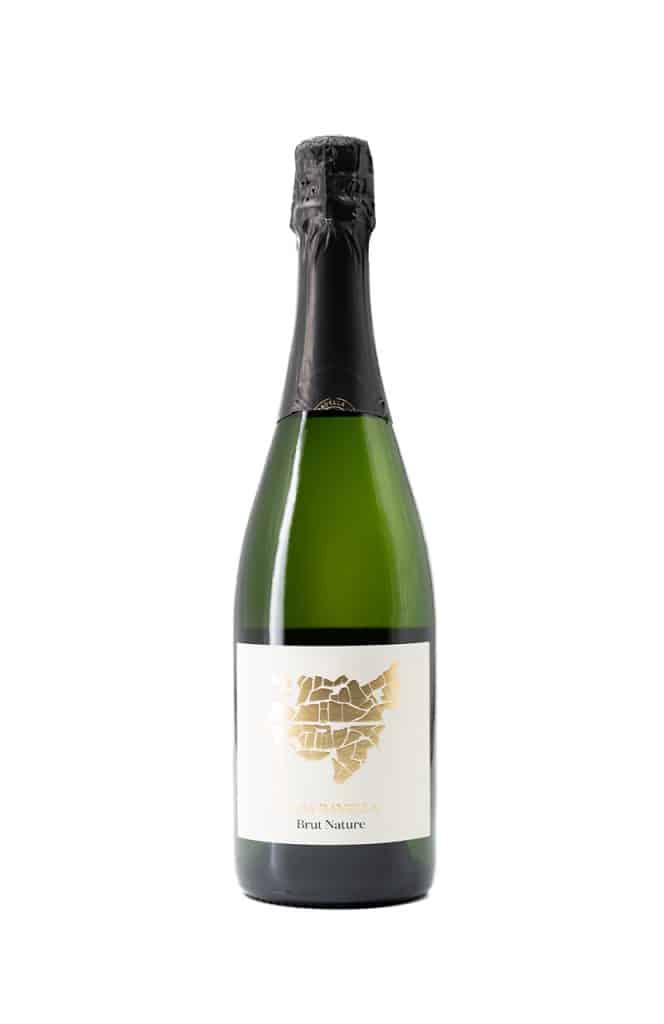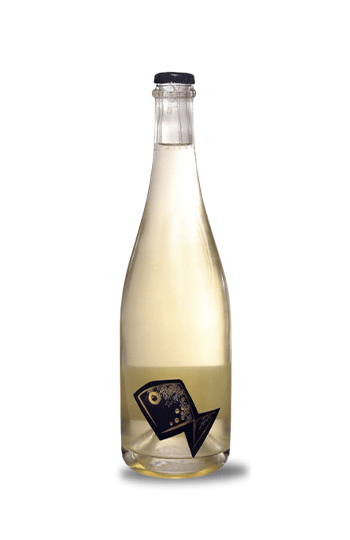
New month, new blog content! In March, we explored the Piedmont region of Italy, And this month, we'll be dedicating it to many people's favourite style of wine: bubbles. Welcome to the world of sparkling wines!
Learn about production methods and the differences between them, learn how to read a label and get to know sparkling wines from different countries. How and with what to serve it, what style to choose - dry, semi-dry, sweet, where they're all made... Find answers to your questions about bubbles.
SHORT AND SWEET
Important facts about sparkling wines:
- The two most widely used production methods are: the classical (traditional) and the Tanka (Charmat) methods.
- Champagne comes from the Champagne region of France. The name is protected and sparkling wines from elsewhere are called something else.
- In a very narrow "flute" glass, the bubbles evaporate more quickly.
- The bubbles are smothered with aggressive flavours such as chocolate, coffee and tangerine.
LET'S DIG DEEPER ...
METHOD IS IMPORTANT!
The sparkling wine is made in two stages. In order to 'capture' the much-desired bubbles in the wine, ordinary (still) wine goes through a second fermentation. There are two main production methods: traditional or classical method and the Tank or Charmat method.
In the traditional method, secondary fermentation takes place directly in the bottle, while in the tank method, secondary fermentation takes place in a large inox tank. The former is more technical, more time-consuming and more expensive, but the quality and flavour of the wine is more complex and more appreciated. Sparkling wine produced using the tank method is simpler and also more affordable.
Which will cool you off more at the beach or at a summer party? We recommend the freshness and uncomplicated aromas of flowers and fresh fruit: Prosecco, Moscato d'Asti, Lambrusco.
Whether you're looking for an elegant accompaniment to a gourmet dinner or want to enjoy the complexity of a sparkling wine, look for bottles labelled Champagne, Franciacorta, Cremant, Cava. These are all sparkling wines produced in the traditional method.
DRY OR SEMI-SWEET?
The sugar content of sparkling wine affects our perceptions and judgement. Whether it is completely dry (brut natur), extra dry (extra brut) or dry (brut), it is considered to be more sophisticated and satisfies even the most demanding wine drinkers, but such wines can be too complex and complex for wine beginners. Notes of bread crust, roasted hazelnuts, apples and other nice things can be too much in combination with high freshness, but here too: practice makes perfect, if perfect makes perfect. Try wines with different sugar levels and you will notice that drier sparkling wines quickly take over the soul and win you over with their depth.
Semi-sweet wines are simpler and more appealing to the general public, both in taste and price: the first sip is refreshing and calls for more. But without exaggerating: the sweet tooth is very heavy.
The instructions on the label are not intuitive, so we can help you:

FRENCH OR FROM ANOTHER COUNTRY?
FRANCE
Champagne (Champagné) is a sparkling wine with a protected geographical indication. Champagne is produced only in the Champagne region of France and only from the seven authorised grape varieties, the best known of which are Pinot Noir, Pinot Meunier and Chardonnay. It is produced exclusively according to the traditional method. The best labels, because of their uniqueness, rarity and the history of the Champagne house, cost almost as much as the wing of a boeing. Here at Good Wine, we bring you a little bit different, small producers producing very high quality Champagnes: Charlot Tanneux, Louise Brison and Fleury.
Cremant is also French and produced using the classic method, but from regions other than Champagne. The best-known cremanti come from Alsace, Burgundy, the Loire Valley, the South-West region. It is close to Champagne in quality and character, but the price is much more affordable. Local varieties are used for production and the range of crémants is wide.
At Good Wine you can enjoy cremanti from the winemaker Domaine Gruss, who comes from the village of Eguisheim in Alsace. Some of his cremants will also be available at our Open Kitchen stand this year.
Recommended:
RECOMMENDED
ITALY
Italy boasts 4 varieties of sparkling wine.
Prosecco comes from the Veneto region and is produced using the Tanca method. The wine is pleasant and easy to drink. The most elegant Prosecco is from the Valdobbiadene area.
Lambrusco is a sparkling wine from the Emilia-Romagna region. It is available in white, red and rose. It is one of the sweetest wines with a low alcohol content.
Moscato d'Asti is a sweet and fragrant Italian sparkling wine with a low alcohol content. It is considered special because it is produced with only one fermentation. It is produced in northern Italy from the Moscato variety. Light and pleasant.
Franciacorta is the Italian answer to champagne. Everything about this wine is serious business - the traditional method, and the varieties are classic chardonnay, pinot noir and pinot blanc. High style and a price to match.
In our portfolio, you can try the organic Prosecco from the Perlage winery for now, with other Italian bubbles coming soon. The portfolio includes lighter, floral and fresher variations such as. Perlage Sgàjo Prosecco Treviso DOC Extra Dry,as well as Animae Valdobbiadene 2020 Prosecco Superiore DOCG, which is completely sulphur-free (they also use yeast for fermentation, which does NOT produce sulphur as a by-product), and boasts a more complex, creamy texture and notes of toasted bread and nuts.
SPAIN
Cava, Spain's queen of celebration. Traditional method, the varieties are local Spanish - Macabeo, Perellada and Xarel-lo. The bubbles are playful and friendly, not as serious as Champagne or Franciacorta. Casa Ravella from the Penedes area (near Barcelona) stands out for its organic production.
PORTUGUESE
Espumante is a Portuguese sparkling wine produced using a traditional method. It is made from different grape varieties such as Alvarinho, Arinto, Baga, Chardonnay and others. Espumante is known for its bubbles and fresh taste and is perfect as an aperitif or as an accompaniment to a meal. The Bairrada region of Portugal is famous for its production of espumante, which has an elegant taste of red and dark fruits and pronounced tannins.
Bairrada is also home to Filipa Pato, which was named Portugal's best wine producer in 2020. She and her husband, William Wouters, manage the organic processing of the soil in Bairrada and produce excellent wines. Pato&Wouters:
HOW TO DRINK AND WHAT TO SNACK ON
The traditional sparkling wine glass, a long and narrow "flute", is not an ideal choice. Although it looks particularly filmic, bubbles evaporate quickly and nice smells mostly disappear. To get to know the aromatic character of the drink better, a plain white wine glass or a tulip-shaped glass is a better choice.
The saucer-shaped glass is only for Asti lovers, incorrigible retrogard lovers or for the occasional Great Gatsby-style party (when sweet wine was often drunk).
Manufacturer of jars Lehmann in the heart of Champagne, for an extended wine experience with matching glasses.

HOWEVER, YES.
The classic Champagne snack recommendations look like a blockbuster movie dream: caviar, oysters, lobsters, scallops, soft and semi-hard cheeses - brie, camembert, gruyere. Hint: a glass of good champagne can accompany the whole feast.
For the extra dry, sec or demisec labels, prepare white meats (chicken, rabbit, prawns), soft cheeses (gauda, brie, camembert, burrata), fruit (grapes, strawberries) and even sponge cake.
❌ PLEASE NO.
Most importantly, do not mix sparkling wine with "aggressive" flavours: chocolate, coffee and tangerines.
Tip: if you have both dry and semi-sweet, start with brut, then move to semi-sweet.
WHAT ELSE WOULD YOU LIKE TO READ ABOUT?
Let us know if you enjoyed reading this article on sparkling wines and what else you would like to know.
Greetings until the next blog!














